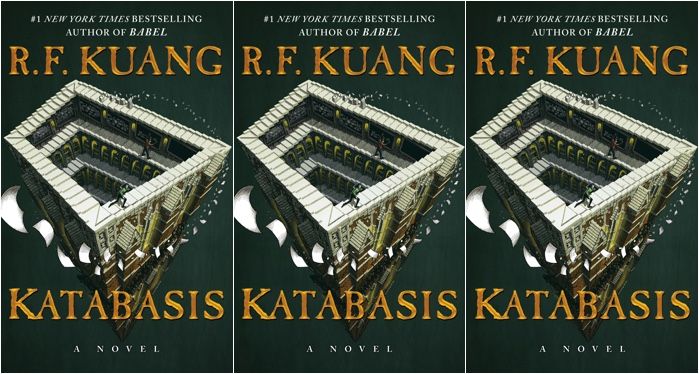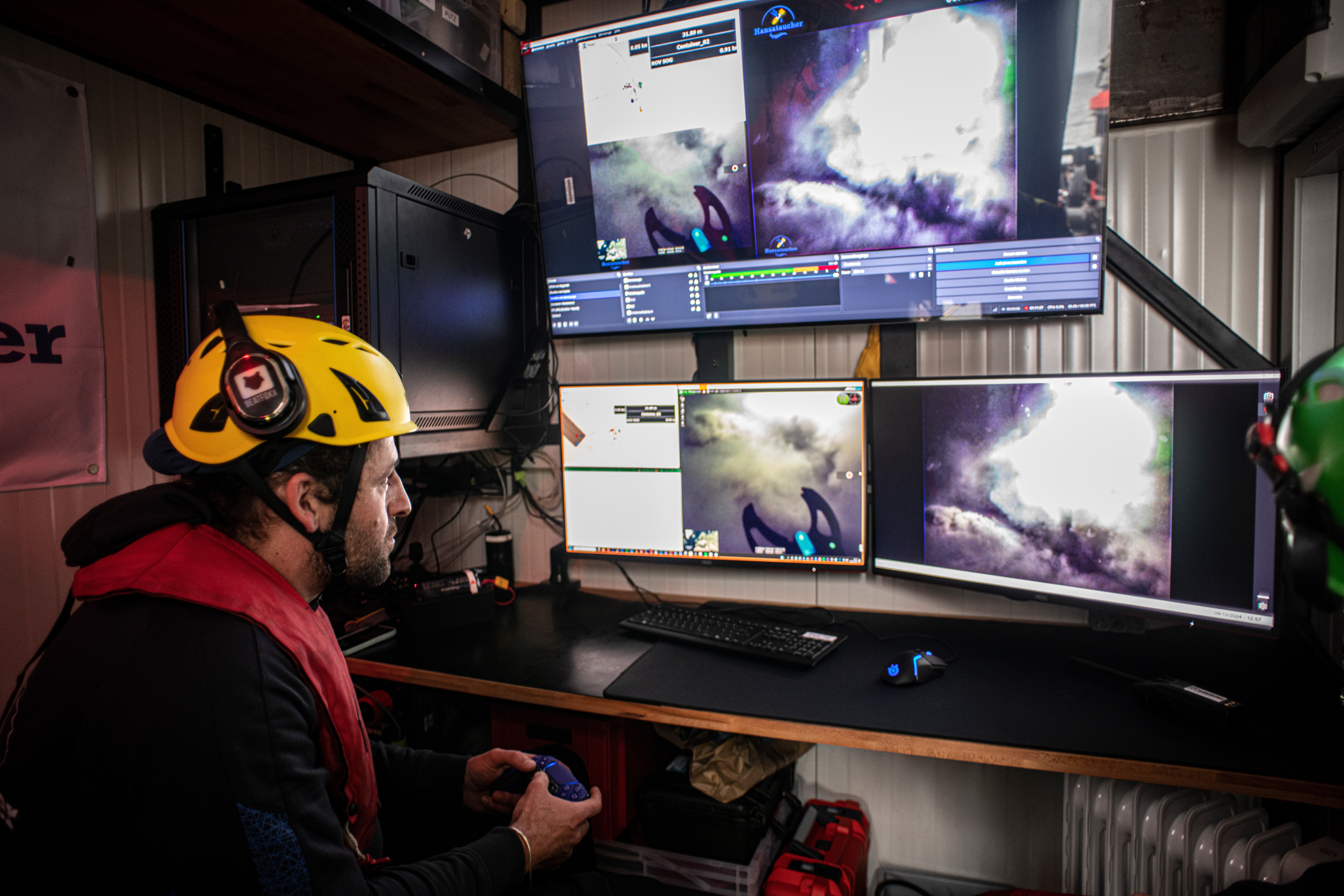
Yuknavitch, whose previous memoir The Chronology of Water (2011) has been both a viral sensation and a touchstone for students of the genre, returns to personal writing after several novels. “What if we could read our past, our memories, even our bodies, as if they too were books open to endless interpretation?” The point, she says, is to show readers, possibly aspiring writers themselves, how it is possible to “imagine a map” that loosens the grip of sorrow. Among the experiences she mines are her relationship with her second husband, Devin, who either fell or jumped from a construction crane in 2015; an abusive relationship with a poet boyfriend; her troubled connections with her parents; and the stillbirth of a baby girl. She mentions her son Miles, now a college graduate and an artist, in terms of her experience of an empty nest, but his story, she asserts, is not hers to tell. (Amusingly, she reports that at 15 he asked her if it were possible “to make important art if you came from a loving and stable homelife.”) She discusses the murders of her cousin Michelle and of a talented African American student she briefly worked with, saying she is “suspicious of conclusions” about violence against women but has “chosen to spend [her] life creating a literature of resistance.” While much of the material and the formal experiments she assays will be familiar to readers of the first memoir, the connection between the titles of the two supports the idea that this is a re-examination of old stories. The last chapter, “Solaces,” contains advice and instructions to the reader, words of inspiration of the sort she offers her students in workshops. “Your failures and fears are portals, step through.”




)



)
 English (US) ·
English (US) ·